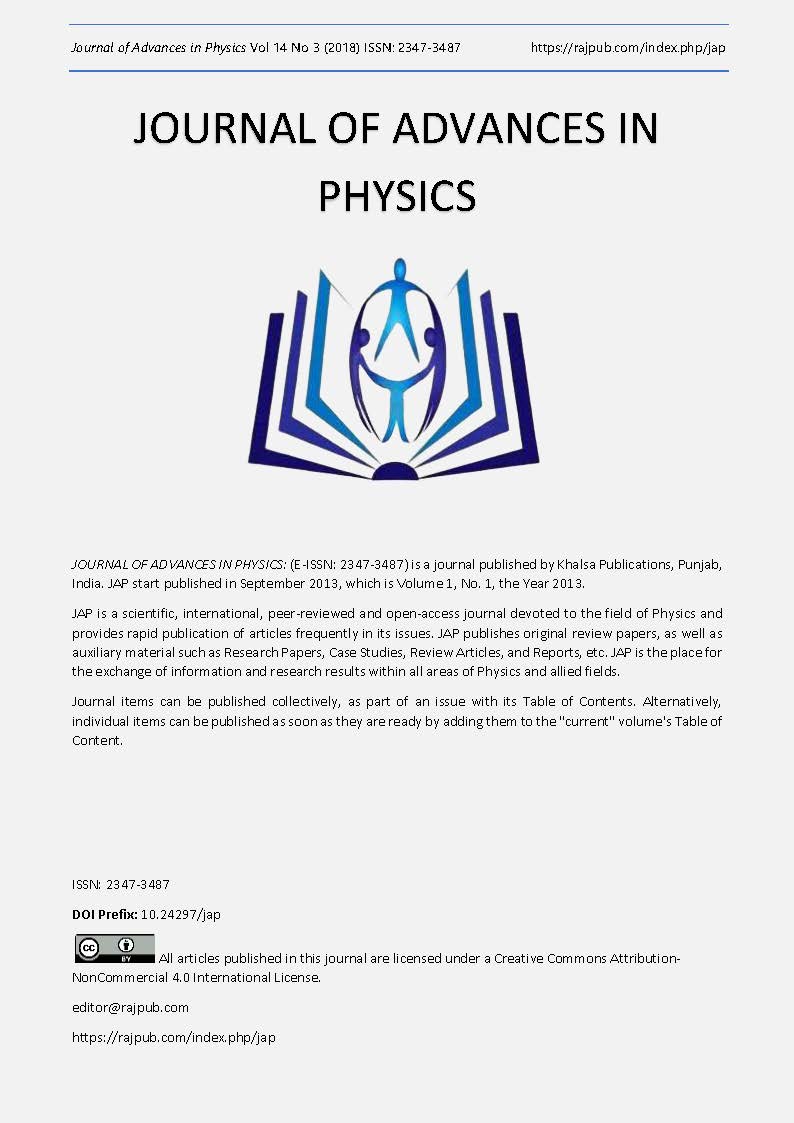The Von Neumann and Double Slit Paradoxes Lead to a New Schrodinger Wave Mathematics
DOI:
https://doi.org/10.24297/jap.v14i3.7820Keywords:
Theory of Elementary Waves, TEW, Lewis E. Little, superpositionAbstract
John von Neumann states a paradox. Why does measuring something disrupt the smooth Schrödinger wave, causing it to collapse for no mathematical reason? This paradox is embedded in the double slit experiment. When a dot appears on the target screen, how does that cause the Schrödinger wave to collapse everywhere else, faster than the speed of light? Von Neumann didn’t follow his mathematics to its logical conclusion. If wave function collapse irreversably changes reality, then the math is telling us that the timing and location of that event cannot be at the target screen. An event fitting that description happens only once: at the gun. A gunshot CAN change history. We propose a new mathematics of Schrödinger waves. Zero energy waves from the target screen pass backwards through the double slits and impinge on the gun prior to the gun firing. A particle randomly chooses one to follow backwards. The particle’s choice of wave is proportional to the amplitude squared of that wave at the gun, determined by the superposition of the two waves moving backwards through the two slits. Why follow a wave of zero energy? Because Schrödinger waves convey amplitudes determining the probability density of that path.
Downloads
Downloads
Published
How to Cite
Issue
Section
License
 All articles published in Journal of Advances in Linguistics are licensed under a Creative Commons Attribution 4.0 International License.
All articles published in Journal of Advances in Linguistics are licensed under a Creative Commons Attribution 4.0 International License.




